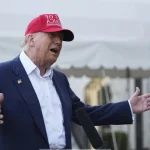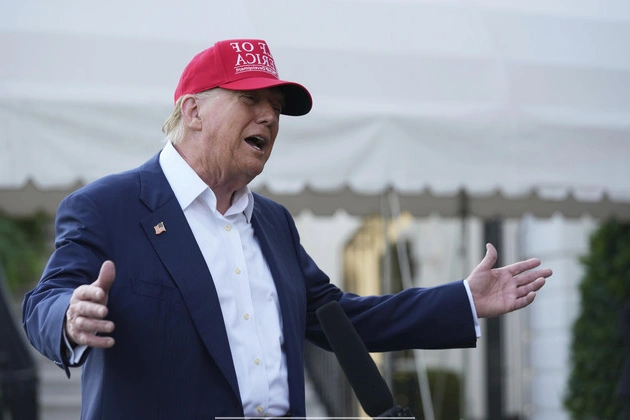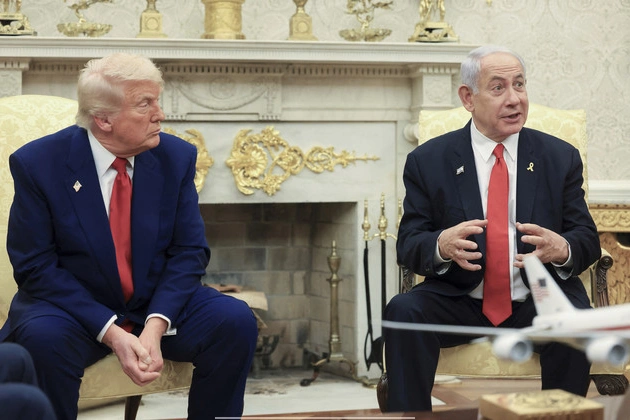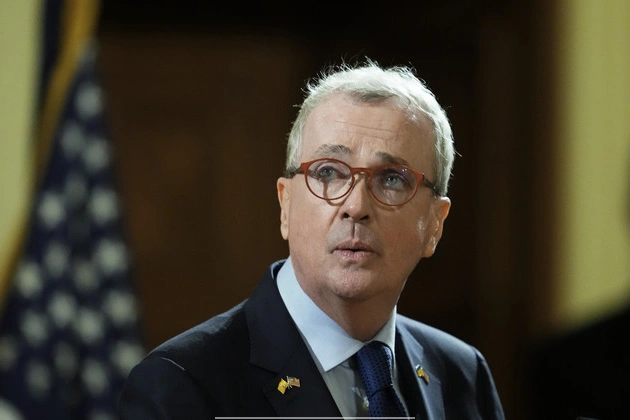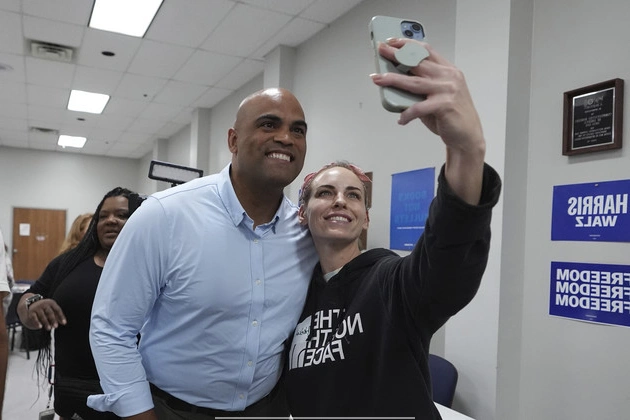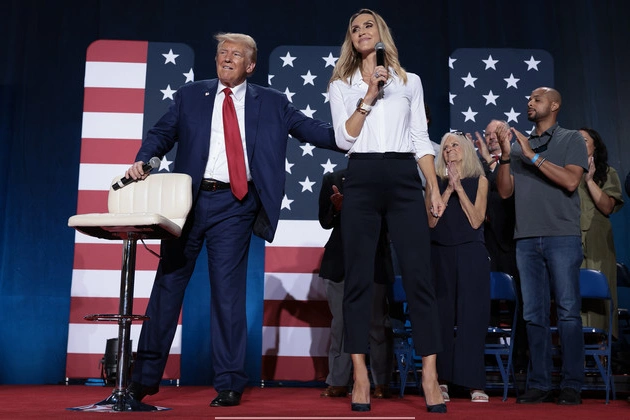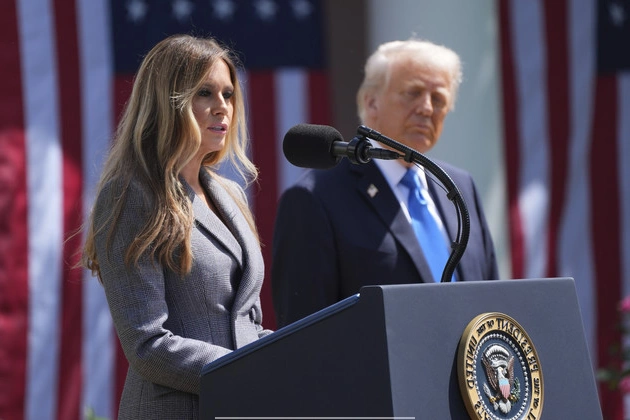
Introduction:
President Donald Trump signed the Take It Down Act into law on Monday, marking a significant step in criminalizing the dissemination of nonconsensual intimate images, including AI-generated deepfakes and revenge porn.
Key Highlights of the Take It Down Act:
The Rose Garden ceremony, attended by cabinet officials and lawmakers, celebrated the enactment of this legislation, which is a major policy achievement for First Lady Melania Trump. She advocated for the Take It Down Act as part of her Be Best initiative, emphasizing the importance of protecting children and families.
Support and Implementation:
The bipartisan bill overwhelmingly passed in both the House and the Senate, reflecting broad support for addressing the misuse of technology to harm individuals. The law imposes federal criminal penalties on those who distribute intimate images without consent and mandates swift removal of such content by social media platforms.
Impact of the Take It Down Act:
With the rise of AI technology enabling the creation of deceptive and explicit content, particularly targeting women and public figures, the Take It Down Act stands as a crucial safeguard against online abuse. Senators Ted Cruz and Amy Klobuchar played pivotal roles in advancing this legislation, emphasizing its significance in holding perpetrators accountable.
Reactions and Endorsements:
Advocates from various sectors have expressed support for the Take It Down Act, recognizing its role in protecting victims of revenge porn and deepfake exploitation. However, concerns regarding privacy and free speech have been raised by digital rights organizations, underscoring the need for balanced regulation in the digital age.
Future Implications:
As one of the prominent tech laws enacted during Trump’s second term, the Take It Down Act sheds light on the intersection of technology and legal frameworks. While hailed as a crucial step in combating online exploitation, it also raises questions about the evolving landscape of digital ethics and governance.
It is imperative to monitor and update the implementation of the Take It Down Act to ensure its efficacy and relevance in a rapidly changing technological landscape.
